Photography teaches you a lot of things. You learn to be patient, and you learn to use your feet, and you learn that the unexpected can be your best friend, and you learn that you don’t need nearly as much sleep as you thought you did.
As such, I found myself at the Tidal Basin here in DC at 4:30am on a recent Saturday, joining the throng of other photographers to take advantage of our tiny window between the Cherry Blossoms being at peak bloom and the tourists still being in bed.
It was great! I worked from just a couple different spots, but managed a solid variety of shots. With a bunch of experienced photographers around, everyone was super polite and quite helpful, though it was much too early for most of us to make small talk. Nonetheless, it was a great morning to shoot, and I had a very successful three hours.
If you’re not familiar with it, the National Cherry Blossom Festival is a yearly celebration of spring, usually aligning with one of the first truly warm weekends in DC. (For DC residents, it also marks the unofficial start of tourist season.) The Japanese gifted a set of these really fragile trees to the US in 1912. The first Cherry Blossom Festival actually happened in 1935, and quickly become a regular event. On December 11, 1941, four of the trees were cut down, apparently by vandals, thought to be in retaliation for the attack in Pearl Harbor.
I didn’t realize this, but the National Park Service and other official entities apparently referred to the trees as “Oriental” and suspended the Cherry Blossom Festival for the duration of the war to dissuade others from similar acts. After the war, in 1952, the parent grove of cherry trees in Tokyo was in decline, and the National Park Service responded to the Japanese request for help by sending budwood back to Japan.
In 1994, the Cherry Blossom Festival was expanded to two weeks to support the many different associated events that sprung up. In between, there was a lot of additional back and forth between the US and Japan based on maintaining the trees. There’s some pretty fascinating history there–you should go read it.

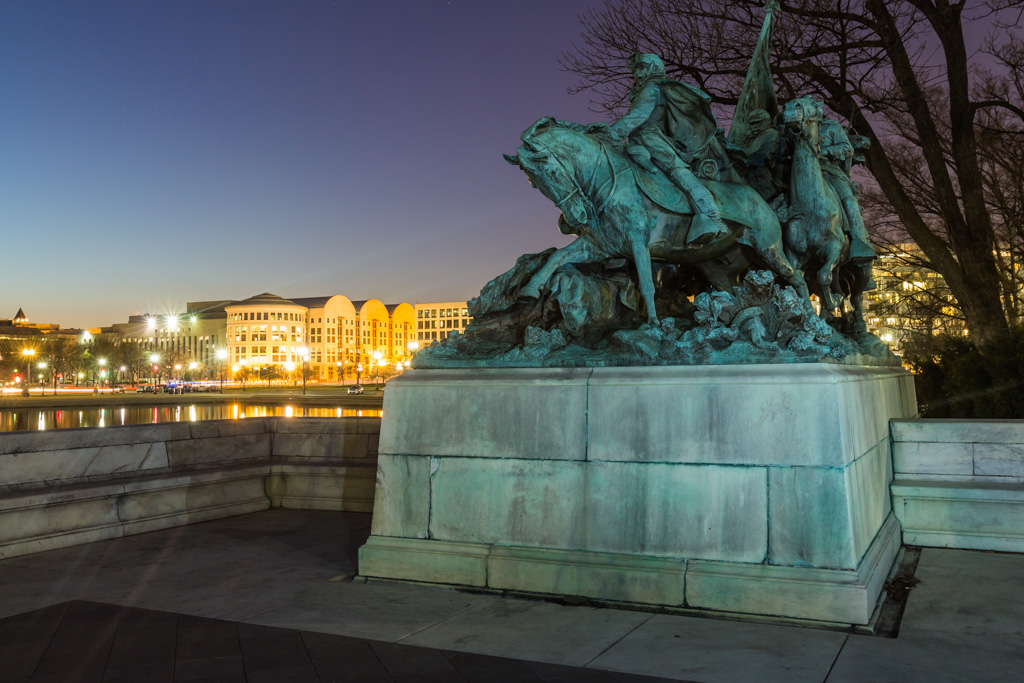
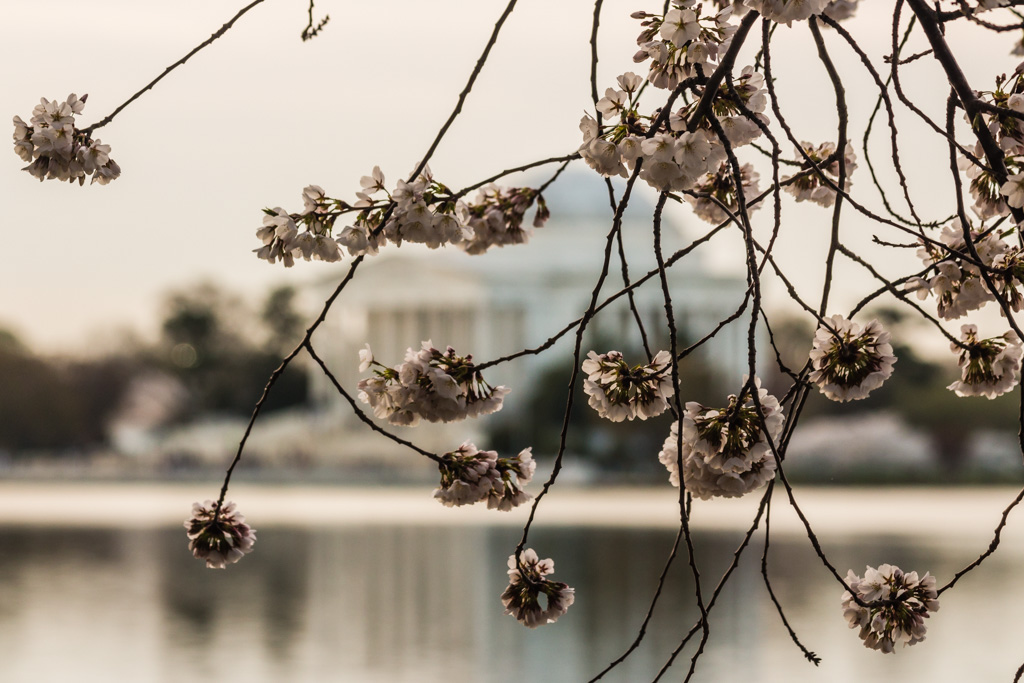
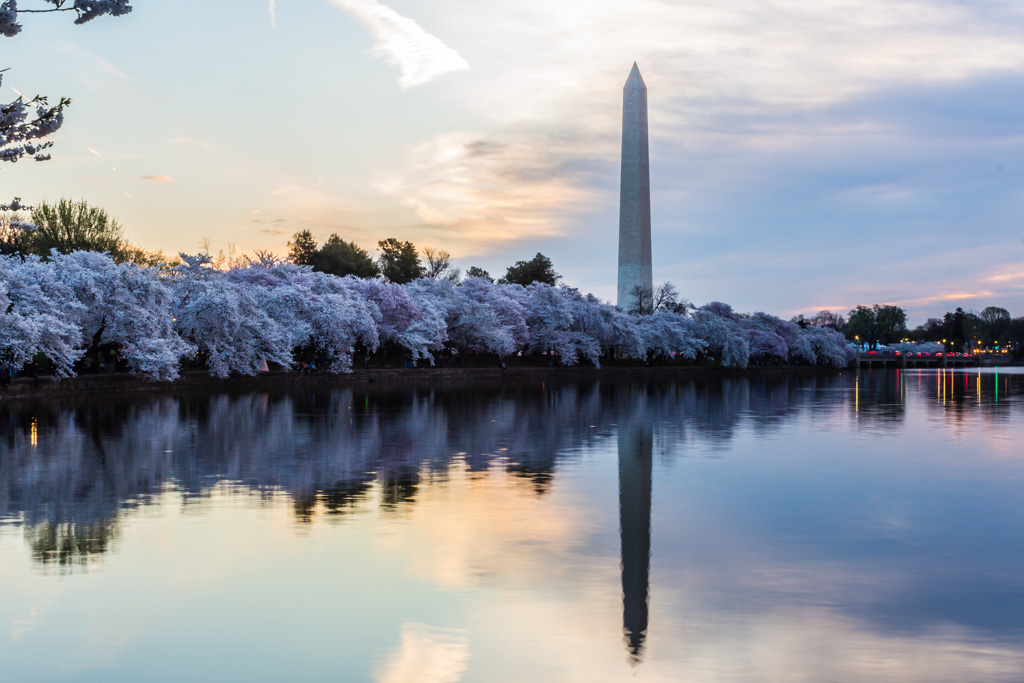
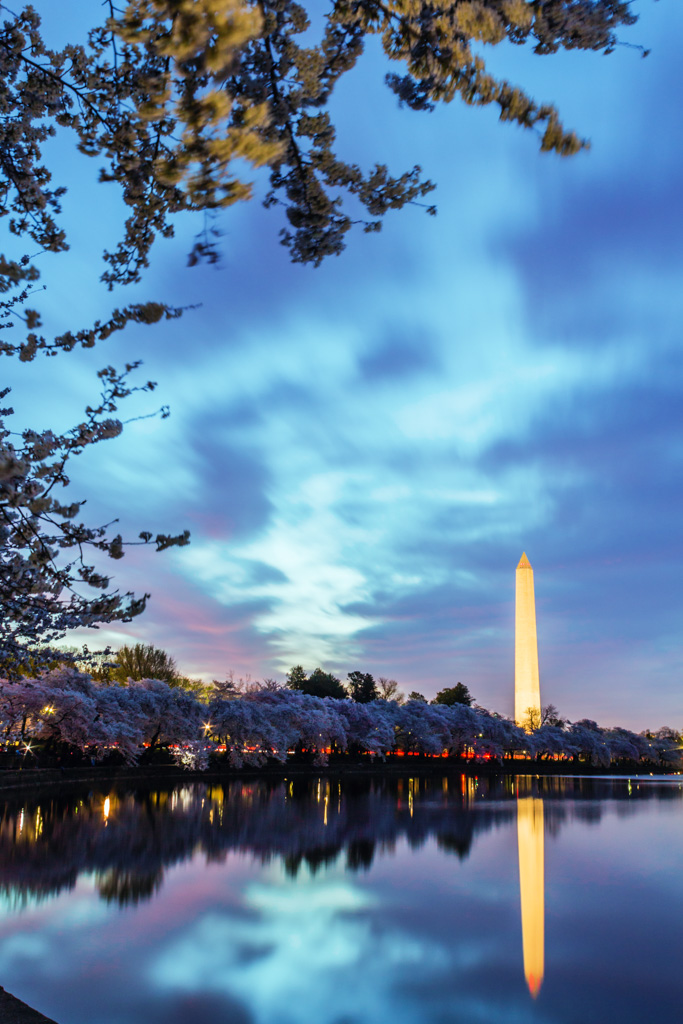
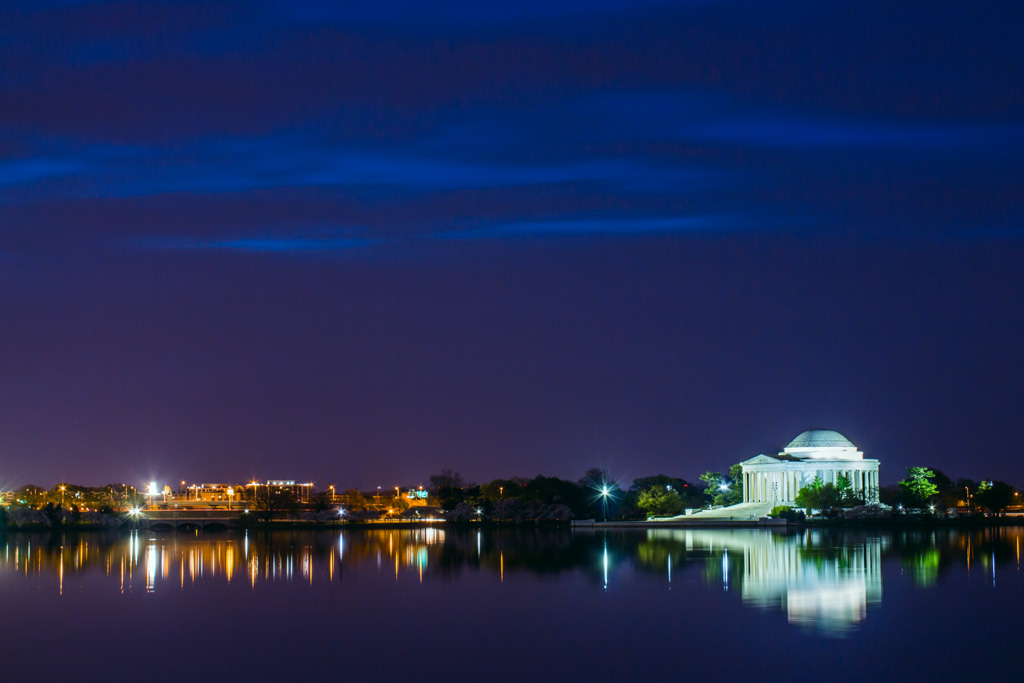
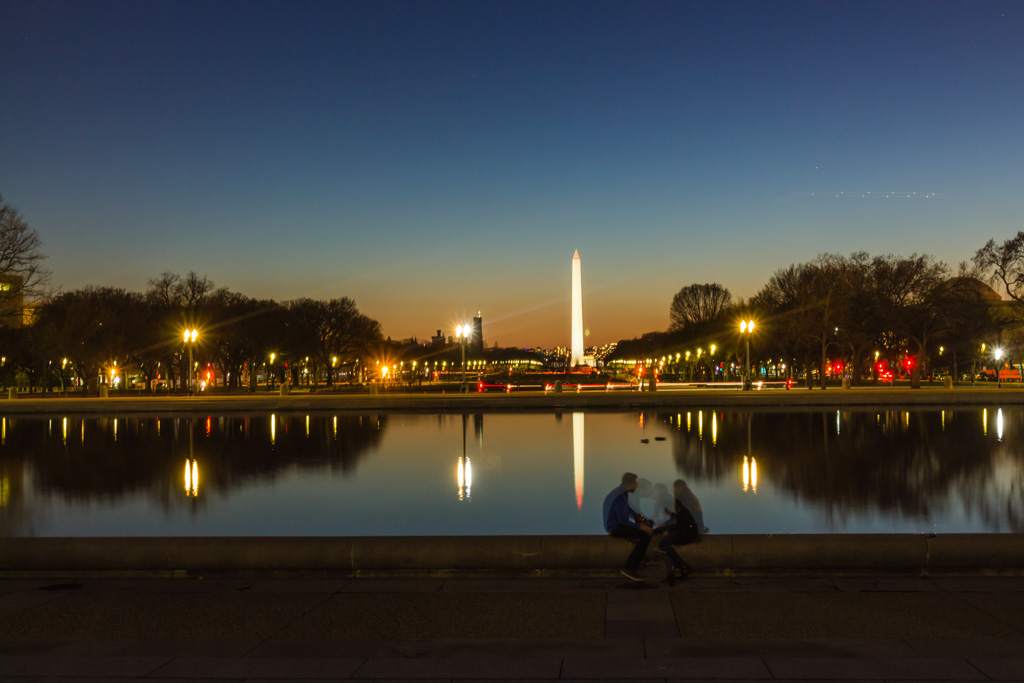
No comments yet.